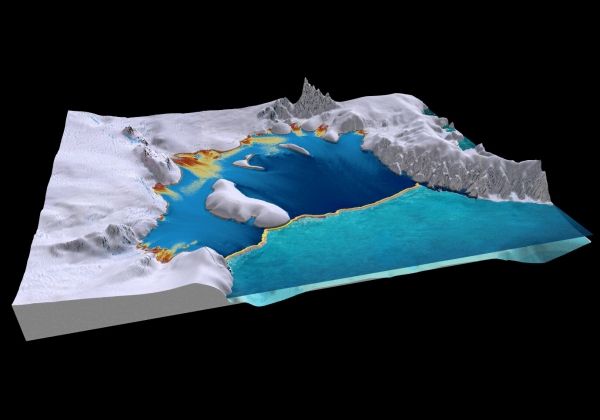One of the most recent findings from this extraordinary mission shows how it can be used to map changes in the seaward edges of Antarctic ice shelves.
About three-quarters of the Antarctic coastline consists of ice shelves. They are permanent floating extensions of the ice sheet that are connected to and fed by huge ice streams draining the interior ice sheet. Ice shelves form as the ice sheet flows towards the ocean and detaches from the bedrock beneath. The advance or retreat of ice shelves is determined by a balance between mass gain from the flow of ice behind and snowfall on top, and mass loss through ocean melting at the base or iceberg calving at the edge.
Ice shelves are important for the stability of the ice sheet because they act as buttresses, holding back the glaciers that feed them and slowing the flow of land ice into the ocean that contributes to sea-level rise.
However, in recent years warming ocean waters and higher air temperatures are taking their toll on some of the ice shelves, causing them to thin, shrink or even collapse entirely. Therefore, mapping ice-shelf calving front locations is important for understanding and predicting future changes in the stability of the ice sheet.
Continue reading at European Space Agency
Image via European Space Agency


